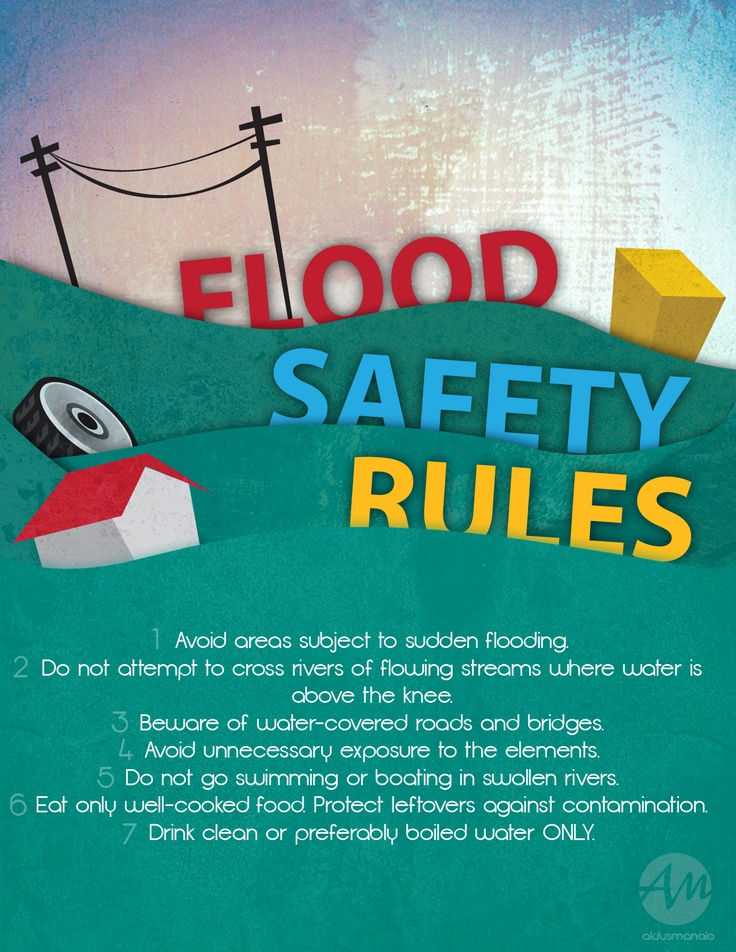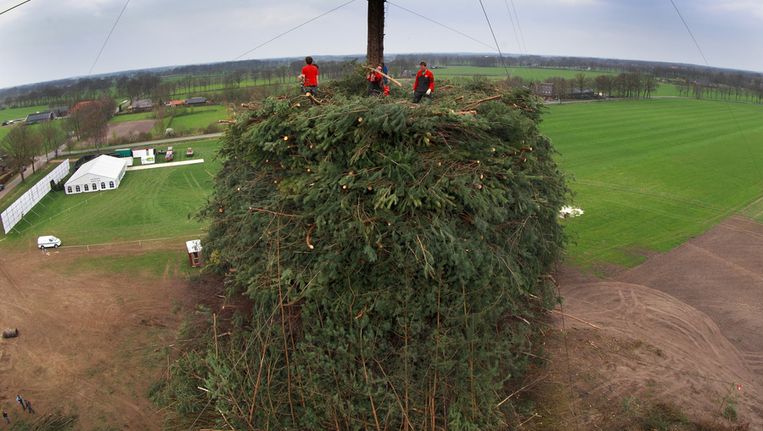Flash Flood Safety: What To Know About Flood Warnings And Alerts

Table of Contents
Understanding Flash Flood Warnings and Alerts
Different Types of Flood Alerts and Their Meanings
Knowing the difference between various flood alerts is critical for effective flash flood safety. Here's a breakdown:
- Flash Flood Watch: Conditions are favorable for flash flooding. This means heavy rainfall is expected, and flash flooding is possible. Stay informed and be prepared to act.
- Flash Flood Warning: Flash flooding is occurring or is imminent. This is a serious alert; take immediate action to protect yourself and your property. Evacuation may be necessary.
- Flash Flood Advisory: Flash flooding is possible. While less urgent than a warning, it still indicates a heightened risk. Monitor the situation closely and be ready to react.
These alerts are disseminated through various channels:
- National Weather Service (NWS) Weather Radio: A dedicated weather radio is an invaluable tool for receiving timely alerts.
- Wireless Emergency Alerts (WEA): Your smartphone will receive alerts directly from the NWS. Ensure your location services are enabled.
- Local News Channels and Weather Reports: Stay tuned to your local news for up-to-date information and instructions.
Reliable Sources for Flash Flood Information
For accurate and timely information, rely on these trusted sources:
- National Weather Service (NWS): The NWS website (weather.gov) and mobile app provide detailed forecasts, warnings, and flood information.
- Local News Channels and Weather Reports: Local news often provides hyperlocal information and updates during severe weather events.
- Emergency Management Agencies: Your local emergency management agency offers valuable resources and guidance specific to your area.
Always verify information from multiple reliable sources to ensure accuracy and avoid misinformation. Cross-referencing information is key to effective flash flood safety.
Interpreting Flood Warning Maps and Data
Understanding flood hazard maps and data is vital for assessing your risk and preparing accordingly.
- Flood Hazard Maps: These maps identify areas with varying levels of flood risk. Knowing your zone is crucial for proactive planning.
- Flood Depth Forecasts: These forecasts predict the potential depth of floodwaters in specific areas. This helps you understand the severity of the threat.
- River Gauges: Real-time river gauge data shows water levels, helping you monitor the situation and anticipate potential flooding. Many online resources provide access to this information.
Utilize online tools and resources such as the NWS website and FEMA's flood map service to check real-time flood information and predicted flood zones in your area.
Preparing for Flash Floods: Proactive Measures for Flash Flood Safety
Developing a Family Emergency Plan
A well-defined family emergency plan is a cornerstone of flash flood safety. It should include:
- Communication Plan: Establish a method for contacting family members during and after a flash flood.
- Evacuation Routes: Identify multiple evacuation routes from your home and workplace. Know where to go.
- Meeting Place: Designate a safe meeting place outside your home in case of evacuation.
- Emergency Kit: Prepare a kit with essential supplies such as water, non-perishable food, first-aid supplies, medications, flashlights, and a battery-powered radio.
Practice your plan regularly so everyone knows what to do in an emergency.
Home and Property Protection
Taking proactive steps to protect your home can significantly improve your flash flood safety:
- Clear Drainage Areas: Regularly clear gutters, drains, and downspouts to prevent water buildup.
- Install Flood Barriers: Consider installing flood barriers around your home to help divert water.
- Elevate Valuable Possessions: Move important documents, electronics, and other valuables to higher levels.
- Flood Insurance: Purchase flood insurance to protect your property from financial losses. Many areas are at risk even if not considered in a high-risk zone.
These measures may reduce the impact of a flash flood, protecting your home and belongings.
Knowing Your Risk
Understanding your personal risk is key to effective preparation.
- Check Your Flood Risk: Use FEMA's flood map service (floodmap.floodsmart.gov) to check your property's flood risk.
- Consider Your Location: Understand the geographic features of your area and whether you live in a flood-prone region.
- Review Historical Flood Data: Research past flood events in your area to understand the potential severity of future floods.
By assessing your risk, you can tailor your preparation accordingly, bolstering your flash flood safety.
Responding to Flash Flood Warnings and Alerts: Actions to Take During a Flash Flood
Evacuate Immediately When Warned
Your flash flood safety depends on swift action when a warning is issued.
- Obey Evacuation Orders: Do not hesitate; evacuate immediately when instructed by authorities.
- Do Not Drive Through Floodwaters: Even a small amount of moving water can sweep a vehicle away. Turn around, don't drown.
- Safely Evacuate with Pets and Essentials: Gather your emergency kit and pets before leaving.
Prioritize your safety; your life is more valuable than any property.
Stay Informed and Monitor Conditions
During a flash flood, continued vigilance is vital for flash flood safety:
- Stay Updated on Weather Reports: Monitor weather reports and follow instructions from emergency personnel.
- Follow Official Guidance: Pay close attention to official updates and instructions from your local authorities.
Staying informed ensures you can adapt to changing conditions and take necessary precautions.
Seek Higher Ground and Avoid Floodwaters
Flash floodwaters pose significant dangers.
- Avoid Floodwaters: Never attempt to walk or drive through floodwaters, even if they appear shallow. The current can be incredibly powerful and deceptive.
- Seek Higher Ground: If caught in a flash flood, immediately move to higher ground.
- If Trapped in a Vehicle: If your vehicle is caught in floodwaters, attempt to escape and seek higher ground. If escape is impossible, call emergency services and remain on the roof of your vehicle.
Remember that even a few inches of swiftly moving water can knock you off your feet.
Conclusion: Prioritize Flash Flood Safety for Peace of Mind
Effective flash flood safety hinges on understanding warning systems, proactive preparation, and a swift, informed response. By developing a family emergency plan, preparing your home, and knowing how to react during a flash flood, you significantly improve your chances of staying safe. Remember to utilize reliable sources for flash flood information, regularly check your flood risk, and always prioritize your safety. Improve your flash flood safety today; ensure your flash flood safety by taking action now. Learn more about flash flood safety in your area and develop a personalized emergency plan. Your peace of mind is worth it.

Featured Posts
-
 Salon Yevani Jerusalem Post Restaurant Critique
May 26, 2025
Salon Yevani Jerusalem Post Restaurant Critique
May 26, 2025 -
 Maccabi Tel Avivs Winning Streak Fuels Championship Push
May 26, 2025
Maccabi Tel Avivs Winning Streak Fuels Championship Push
May 26, 2025 -
 The Nvidia Rtx 5060 Launch What Went Wrong And What It Means For Gamers
May 26, 2025
The Nvidia Rtx 5060 Launch What Went Wrong And What It Means For Gamers
May 26, 2025 -
 Toothless And Red Death Size Difference Revealed In New How To Train Your Dragon Poster
May 26, 2025
Toothless And Red Death Size Difference Revealed In New How To Train Your Dragon Poster
May 26, 2025 -
 Naomi Kempbell 55 Fotografii Kotorye Zastavyat Vas Akhnut
May 26, 2025
Naomi Kempbell 55 Fotografii Kotorye Zastavyat Vas Akhnut
May 26, 2025
Latest Posts
-
 Tottenham Vs Az Alkmaar Comprehensive Match Preview And Line Up Predictions
May 29, 2025
Tottenham Vs Az Alkmaar Comprehensive Match Preview And Line Up Predictions
May 29, 2025 -
 Paasvuren Drenthe Geannuleerd Door Droogte
May 29, 2025
Paasvuren Drenthe Geannuleerd Door Droogte
May 29, 2025 -
 Tottenham Hotspur Vs Az Alkmaar Preview Team News And Betting Predictions
May 29, 2025
Tottenham Hotspur Vs Az Alkmaar Preview Team News And Betting Predictions
May 29, 2025 -
 Droogte Leidt Tot Vele Afgelastingen Paasvuren In Drenthe
May 29, 2025
Droogte Leidt Tot Vele Afgelastingen Paasvuren In Drenthe
May 29, 2025 -
 Tottenham Vs Az Alkmaar Match Preview Predictions And Predicted Lineups
May 29, 2025
Tottenham Vs Az Alkmaar Match Preview Predictions And Predicted Lineups
May 29, 2025
